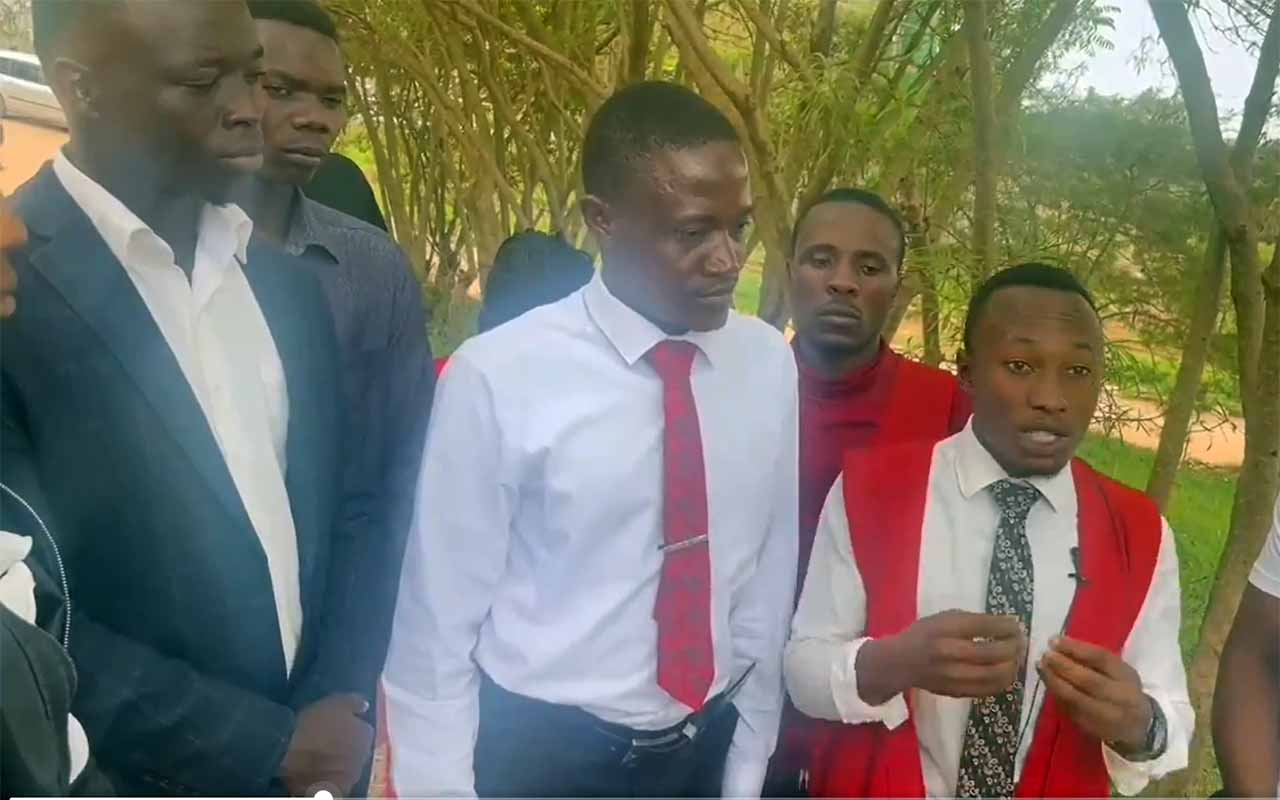Prime
Why would Museveni bring Amama Mbabazi back? Well...

Author, Mr Charles Onyango-Obbo. PHOTO/COURTESY.
What you need to know:
- But he would bring more. Months before JPAM was ousted, he visited Kenya. He spent a lot of time doing something quite old fashioned – visiting factories.
For the last two years, the Ugandan political grapevine has been abuzz that former prime minister and ruling NRM secretary-general John Patrick Amama Mbabazi, or JPAM, is bouncing back to office in some role or the other.
The view is that President Yoweri Museveni has been in crisis-mode since 2012, managing almost solely by brute force, and unable to ignite the heady double-digit growth rates of years gone by, as regional and international dynamics work against his long-term ability to secure his legacy and safety.
Ultimately, the decision to eject JPAM in September 2014 from the positions he held, was seen as an act of weakness, a move to kneecap an NRM stalwart who had entrenched himself enough and amassed a large enough fortune to eat the President’s lunch.
The frailties of the NRM and Museveni exposed by the January 14 General Election, where they were nearly annihilated in the lower eastern and southern Uganda political belt where Museveni once held a godlike status, has only enhanced the deeper fears, and made the return of the President’s long-time friend almost inevitable, pundits say.
Ironically, according to insiders I have spoken to, JPAM’s currency rose exactly from the bitter circumstances of his ouster and, particularly, his challenge against Museveni in the 2016 elections. Although JPAM got hell, the two men, according to reliable information, maintained a back channel of communication. “They go back more than 40 years, that is not a door you shut easily,” one source told me.
The election of 2016, the analysis goes, created a “neutral no-man’s land political territory” in Ugandan politics between the extreme sides inside the NRM, Kizza Besigye’s FDC, and the anti-Museveni wave that was welling up in the south, and produced the spectacular victory by Robert Kyagulanyi, aka Bobi Wine, in the Kyadondo East bye-election of April 2017.
That strange political territory was occupied by JPAM, and it became clear that it was the only place, outside NRM-land, “where Museveni would park his car and it wouldn’t be stoned,” my source said. JPAM’s misfortunes at the hands of the NRM and Museveni, had given him political acceptance in several Opposition nooks, enabling him to act as an honest broker for his tormentor should the need arise. The source claimed that in 2015, JPAM indeed told Museveni “you will thank me one day for running against you”.
Several sources say in the contacts made between Museveni and JPAM since 2017, he had indicated he would mostly come in to “manage the transition”. If he gets back into government, and at this point there’s no clear sign Museveni will bring him back, it would signal how the President is planning his exit, not who he has set his eyes on as a successor. It is unlikely it would be JPAM. He would mostly be the midwife.
But he would bring more. Months before JPAM was ousted, he visited Kenya. He spent a lot of time doing something quite old fashioned – visiting factories.
Part of the reason for that itinerary became clear later. When he was bundled out, a group of Kenyan business people, mostly Kenyan-Asians, organised a meeting to discuss the direction Uganda was taking. However, the meeting was about how Uganda would look like without JPAM.
These are people who have done business with Uganda through Idi Amin’s days, Milton Obote II, and had profited big time since Museveni shot his way to power in 1986. They said through its wars, and even violent elections, they had never been concerned. Without JPAM, they were afraid because they weren’t sure the centre would hold.
Kenyan business, it turned out, had seen JPAM as the person who held the centre together. “He is effective, he gets things done. The President is not a detail man,” one of them said. With him out of favour and out of office, they feared Uganda would degenerate into an incompetent mess. They wanted to know if there was someone who would step forward and show the way out of the woods, because the Ugandan State had become supine.
It was a surprising concern, and it has partly been borne out. The trade beef between Uganda and Kenya, those are apparently the things JPAM used to fix in the background. The mission creep in Juba where Uganda has been propping a hapless Salva Kiir for nearly seven years now; the collapse of the NRM in the south; Uganda’s shrivelling geopolitical stature in the sub-region and failure to establish détente with Rwanda; or even the fact that the country didn’t make it among the first on the continent to get a Covid-19 vaccine.
JPAM’s shadowy hand, apparently, used to fix things like those, and he had a knack for building secretive structures to manage them.
If the emperor is without clothes, then Mbabazi is the tailor.
Mr Onyango-Obbo is a journalist,
writer and curator of the “Wall of Great Africans”. Twitter@cobbo3





